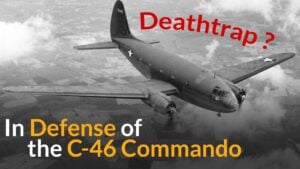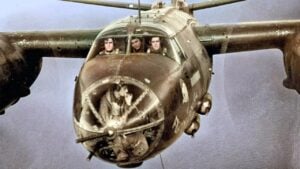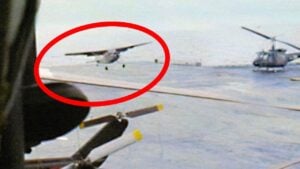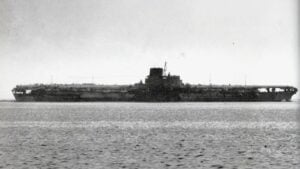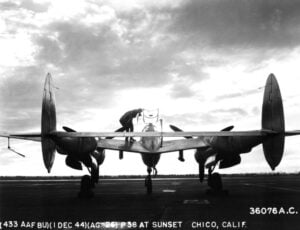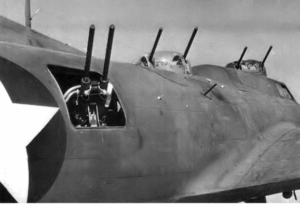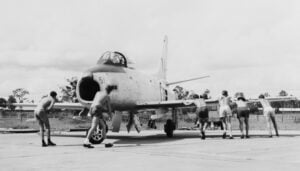6 Underrated or Disliked WWII Planes and Their Contributions
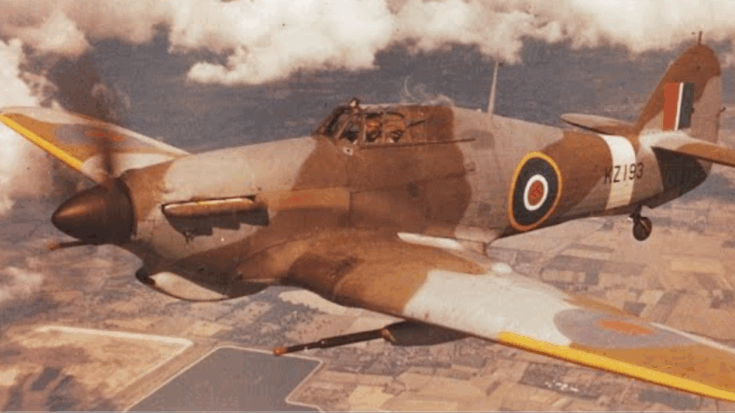
Mark Felton Productions / YouTube
Some World War II planes were often overshadowed by more famous aircraft, but many that were underrated or even disliked still played major roles. These machines served in multiple battles, often with limited recognition. While not always praised in popular history books, they made strong contributions that helped shape the outcome of the war. Below are six such planes and how they proved themselves despite the criticism or lack of attention they received.
Curtiss P-40 Warhawk
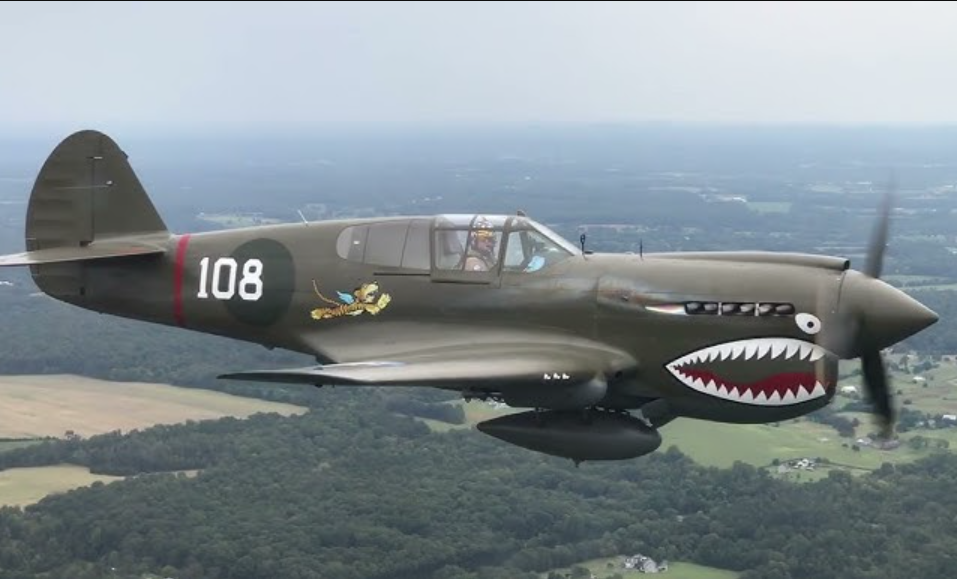
The P-40 Warhawk was one of the first American fighters to see action in World War II. Though often criticized for its lack of high-altitude performance, it was the only fighter available in large numbers at the start of the war. It served in North Africa, China, the Pacific, and even with the Soviet Air Force through the Lend-Lease program. Its presence filled the gap while better aircraft were still in development.
The Warhawk was known for its rugged design and strong firepower, especially in later models equipped with six .50 caliber machine guns. It could dive fast and withstand heavy damage. In skilled hands, it held its own against Japanese and German fighters, especially at low to medium altitudes. Pilots like those in the American Volunteer Group and the 325th Fighter Group had great success with it.
Bell P-39 Airacobra
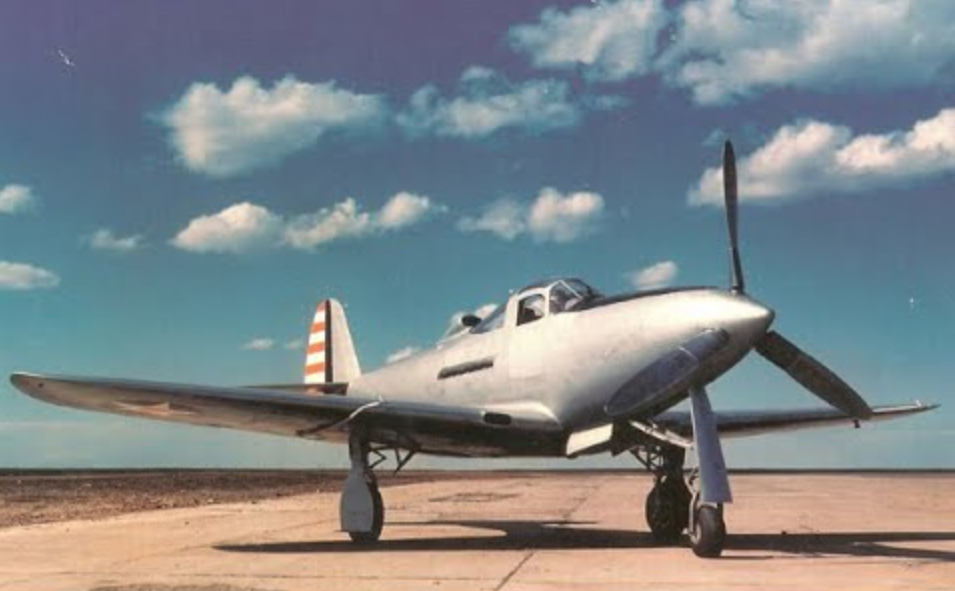
The Bell P-39 Airacobra had a unique design, placing its engine behind the pilot and using a tricycle landing gear. Many American pilots disliked it because it lacked a turbo-supercharger, making it weak at high altitudes. As a result, it was often overlooked for front-line use by the U.S. Army Air Forces in Europe and the Pacific.
However, the Soviet Union used the P-39 extensively and to great effect. Flying at lower altitudes on the Eastern Front, Soviet pilots found it well-suited for ground attacks and dogfights. Some of the top Soviet aces, including Aleksandr Pokryshkin, scored many victories in the P-39. Its nose-mounted cannon was especially effective against enemy aircraft and tanks.
Hawker Hurricane
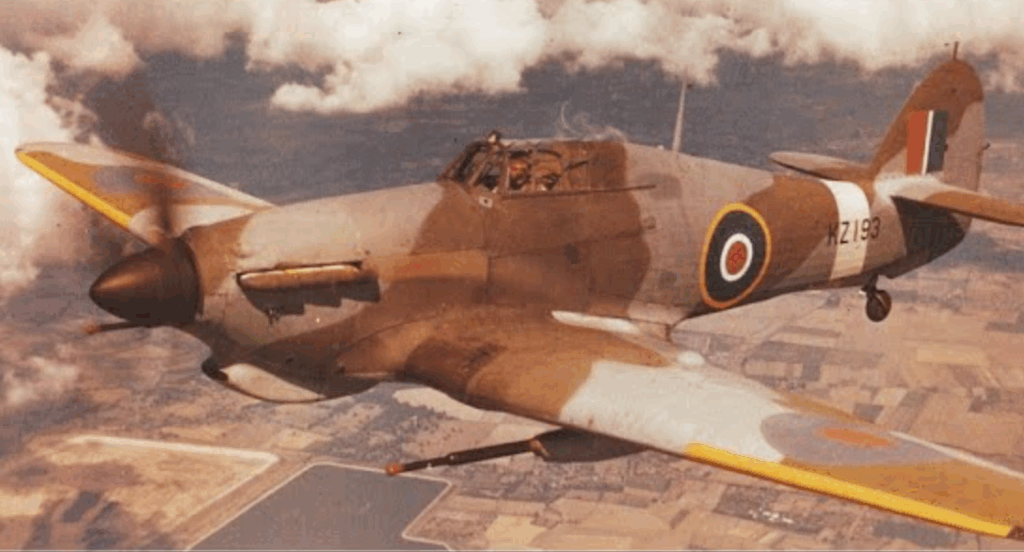
The Hurricane is often forgotten behind the more famous Supermarine Spitfire, but it played a major role early in the war. During the Battle of Britain, Hurricanes actually shot down more enemy planes than Spitfires. It was simpler to build and repair, which allowed Britain to field them in large numbers during a critical time.
The Hurricane continued to serve in North Africa, the Mediterranean, and Southeast Asia. It was adapted for ground-attack roles and carried bombs and rockets in later versions. Though slower than newer fighters, it proved reliable and versatile. Pilots trusted the Hurricane, and it remained in combat longer than many expected.
Focke-Wulf Fw 190
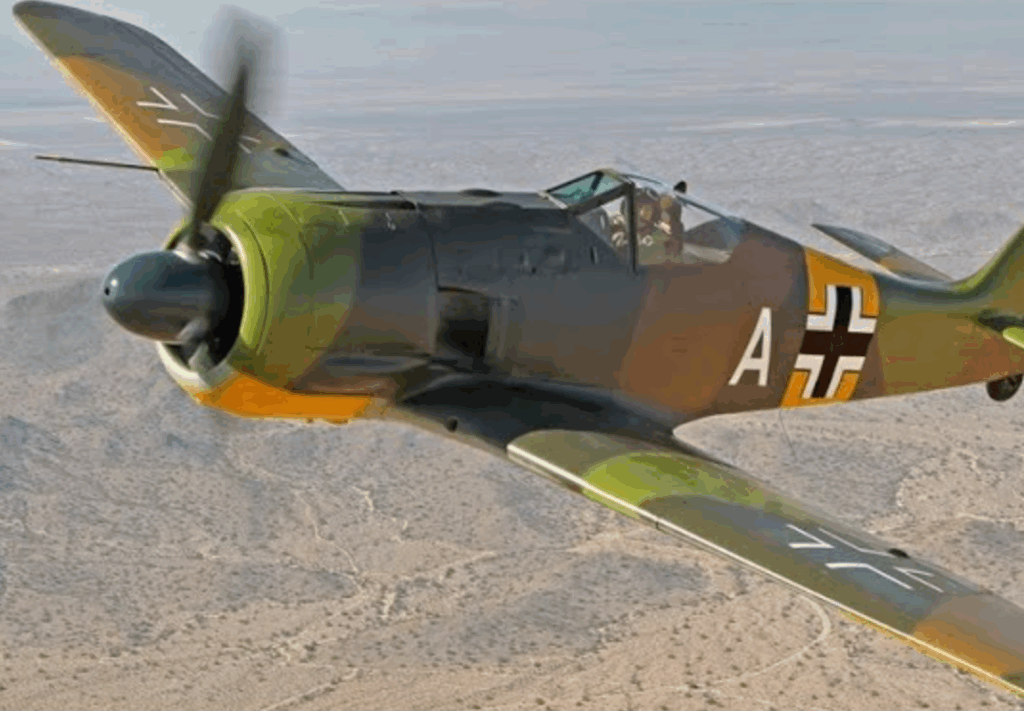
The Focke-Wulf Fw 190 was a German fighter that was feared when it first appeared in 1941. While not truly underrated in performance, it was often criticized by German pilots who preferred the Bf 109. Yet the Fw 190 had many strengths. It had a wide landing gear, making it easier to handle on rough airfields, and it carried heavy armament.
The Fw 190 performed well in many roles including fighter-bomber missions and ground attack. In Western Europe and Russia, it held its own against Allied fighters. Even though some pilots preferred other models, the Fw 190 proved effective through much of the war and helped delay Allied advances in several campaigns.
Nakajima Ki-43 Oscar
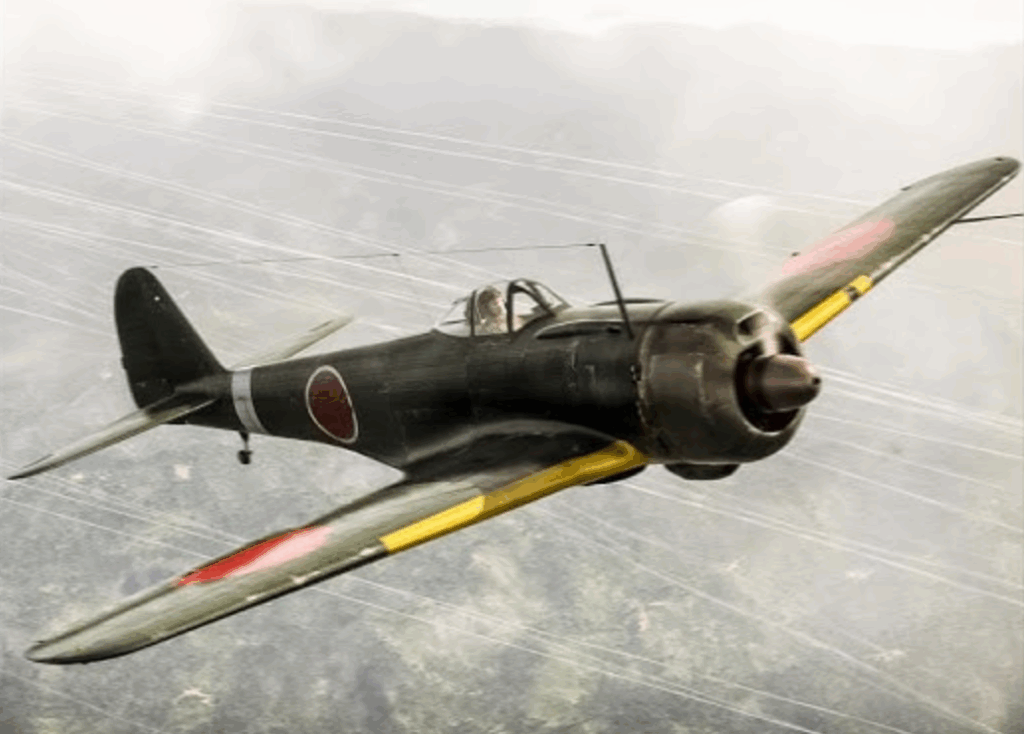
The Ki-43 Oscar was Japan’s main Army fighter in the early years of the war. It was very agile and could out-turn most Allied planes. However, it lacked armor and self-sealing fuel tanks, making it highly vulnerable to return fire. This led to a reputation of being too fragile in combat.
Despite this weakness, the Ki-43 was deadly in the hands of skilled pilots. It served in China, Southeast Asia, and the Pacific Islands. Its light frame allowed it to operate from small airfields, and it remained in use throughout the war. Allied pilots sometimes confused it with the Zero, but the Oscar had slightly better agility and saw heavy use by the Japanese Army.
Vought F4U Corsair

The F4U Corsair was a powerful American fighter that had a rough start. Its long nose and unique gull-wing design made carrier landings difficult at first, leading the Navy to delay its use at sea. As a result, the Marine Corps adopted it first for land-based missions in the Pacific.
Once pilots became familiar with its handling, the Corsair proved itself in both air-to-air combat and ground support. It was fast, heavily armed, and could dive at high speeds. Japanese pilots saw it as one of the most dangerous planes they faced. By the end of the war, the Navy had fixed its carrier issues, and the Corsair became a top performer at sea and on land.













